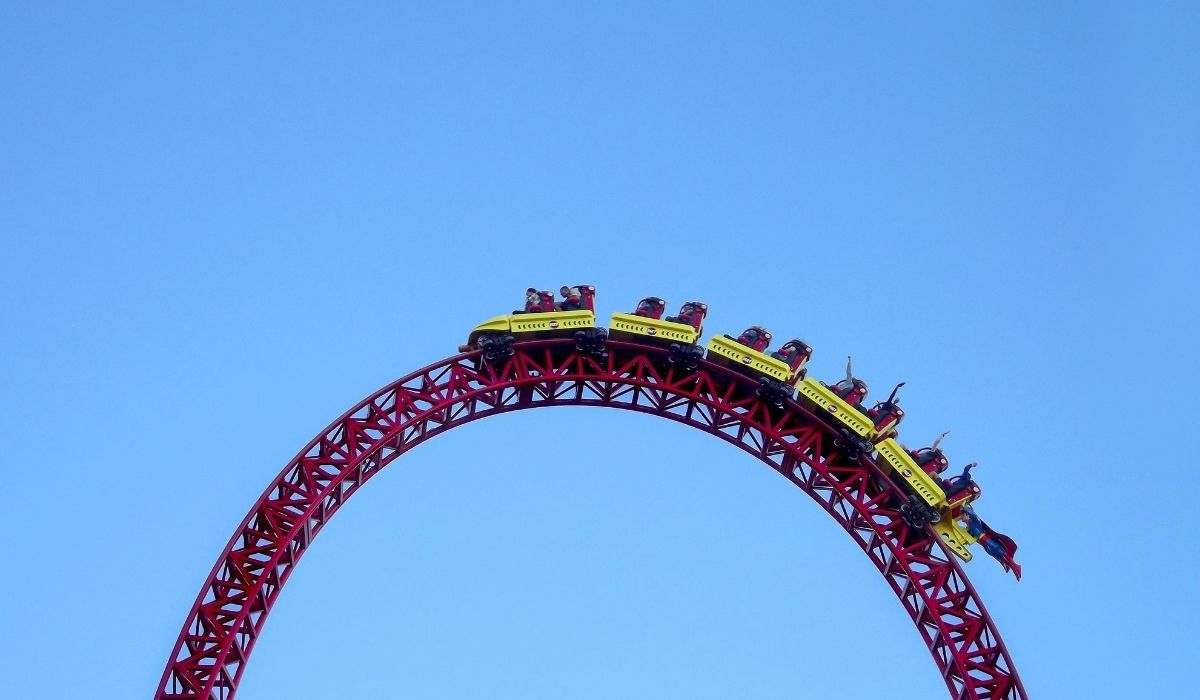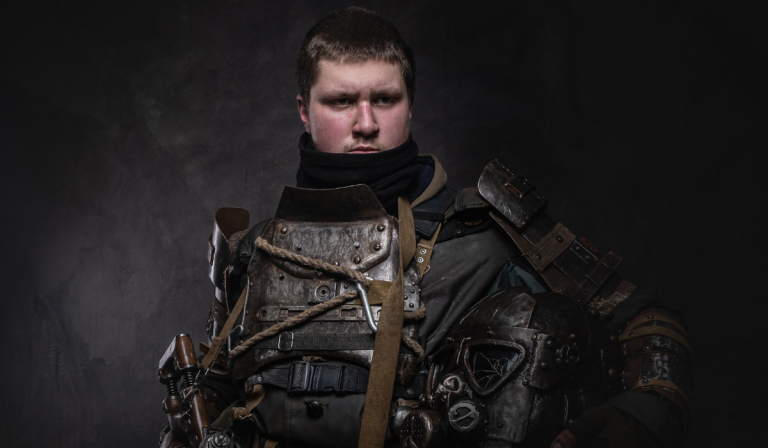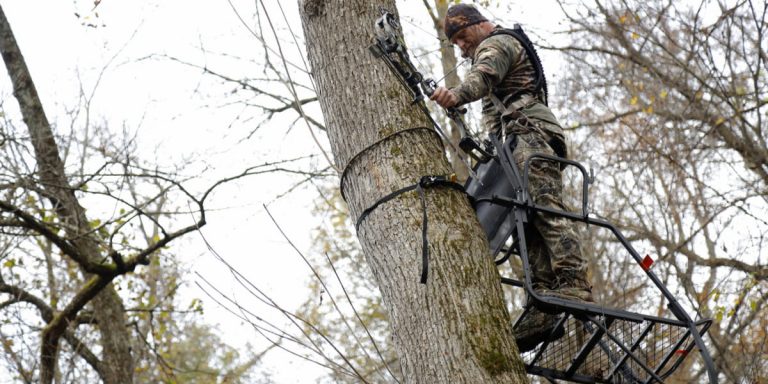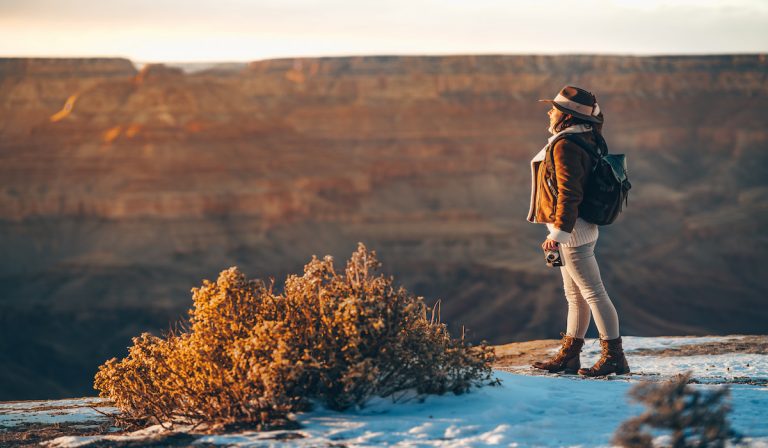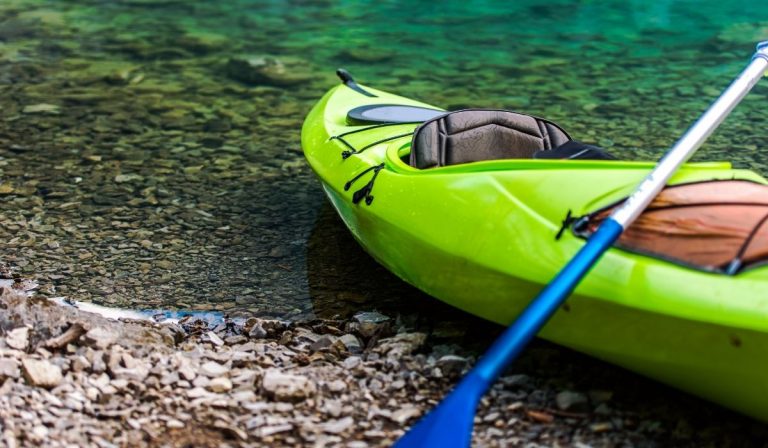How Big Is Too Big for Roller Coasters?
When you’re larger, there is always concern about whether something will fit or work with what you’ve got. Worrying about your size and whether you will fit is often stressful and, if things don’t work out, size can feel somewhat exclusionary.
It’s not only weight that’s a consideration, at least in places like amusement parks. A lot of rides are designed for children or people of certain height and size restrictions to keep them safe. Even though knowing that makes it easier to understand why the rules are in place, of course, it’s no fun if you wait in line forever only to make it to the front and learn that you can’t get on the ride for whatever reason.
According to research, many amusement park customers are reporting that people who weigh (or look like they weigh) over 265 pounds are being asked not to ride. Some rides are listing height and weight restrictions.
For example, some rides at Cedar Point post notices that tell guests who are over 6-foot-2-inches tall and over 225 pounds that they can’t ride.
This only applies to certain rides, but it’s something to know before you go so you don’t spend your money on an amusement park hoping to go on every ride only to learn that there are some you can’t access.
Let’s explore a little more about sizes and when someone is likely too big for a roller coaster.
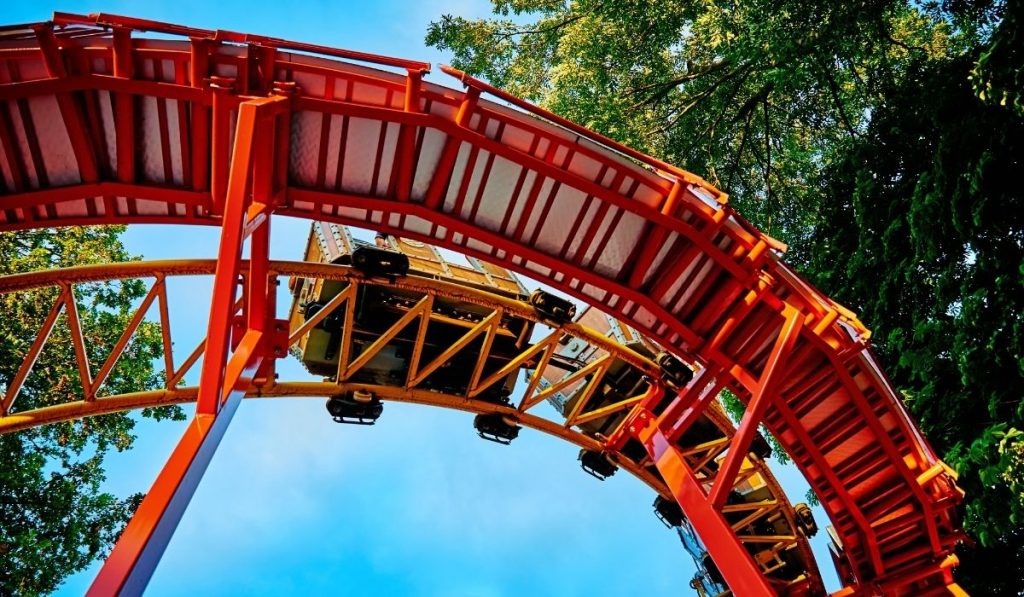
Why Size Matters
Size typically only matters when safety is a concern. Thankfully, many amusement parks have gone to lengths to accommodate all of their guests. They have lap bars and shoulder straps that adjust in a wide range.
Concerns arise, however, when, due to the type of ride or size of the car people are in, a person’s size becomes a safety concern. When you’re traveling at high speeds or going upside down, the park has legal liability at stake. They have a duty to care for their customers to ensure their safety while on any ride. They need to know that whoever is on the ride is secure in the seat.
If you’re on a roller coaster, you, as a customer, should also have confidence that you’ll stay safe and snug in your seat. Perhaps at certain angles, restraints no longer become as effective. When you’re dealing with a roller coaster, the stakes are simply too high to take any chances.
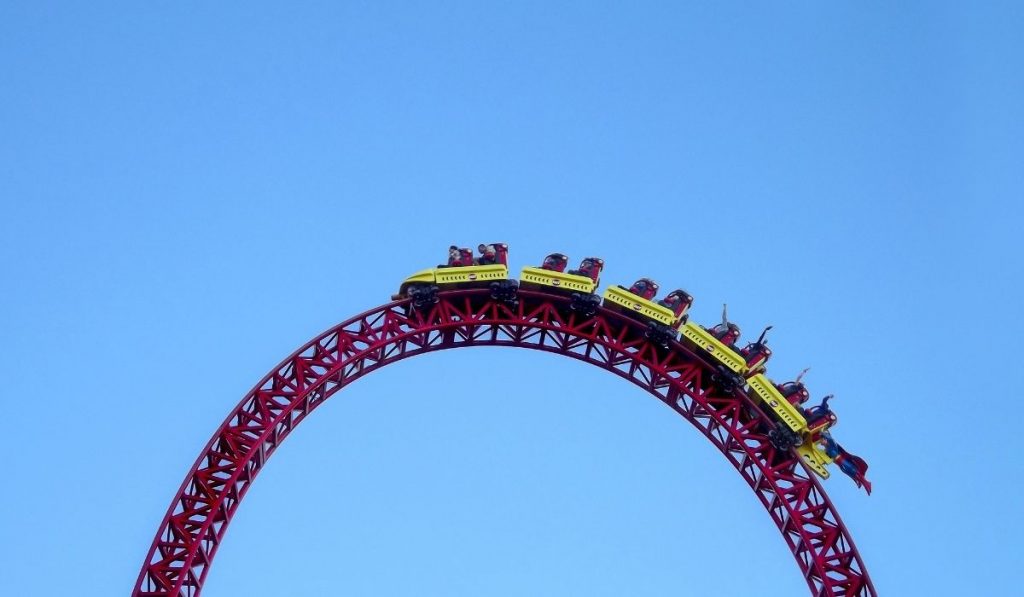
Innovations for Larger Guests
Just because people are larger or someone’s size is a concern, it doesn’t mean that amusement parks aren’t trying to accommodate everyone. After all, Americans and most people in developed countries are taller and heavier than in generations past. If these amusement parks want to keep making money, then they have to find ways to make their rides fit more people.
Some amusement ride and roller coaster companies are innovating ways to guarantee safety and that someone can fit well in a seat. On some roller coasters, there are now test seats for passengers to use. If they fit well, then there is a light sensor on the ride that flashes green that it’s OK for them to ride. A red LED indicator shows that either they are too tall, too wide, or something else is not right.
This is a nice adjustment because the readings are objective. You’re not weighing yourself in front of the roller coaster attendant before you get on, so a lot of the time telling someone they can or can’t ride is a subjective decision.
How well does a 16-year-old summer employee know what 225 or 300 pounds looks like? The point is, they don’t, so some people get on when they shouldn’t and some people are kicked out of line when they should be able to ride.
You can be sure these types of technology solutions will only increase. It removes some of the human emotion from the process and, at the same time, enhances security on rides.
Notices on Rides Are Helpful
Before you get in line for any roller coaster or any other ride at the amusement park, check at the entrance for any size limitations to avoid wasting time standing around. It’s a good thing that parks are posting size restrictions on height and other size limits to keep people moving and enjoying other parts of the park.
Also, to avoid the disappointment of going to an amusement park with little to no rides for larger guests, check online before you go to learn as much as you can about the rides you can go on. Nowadays, there is a ton of information available via social media or directly on their website to set you up for the day.
Going up to the information desk right when you get there is also another good option to help you plan where to walk and where to spend your time.
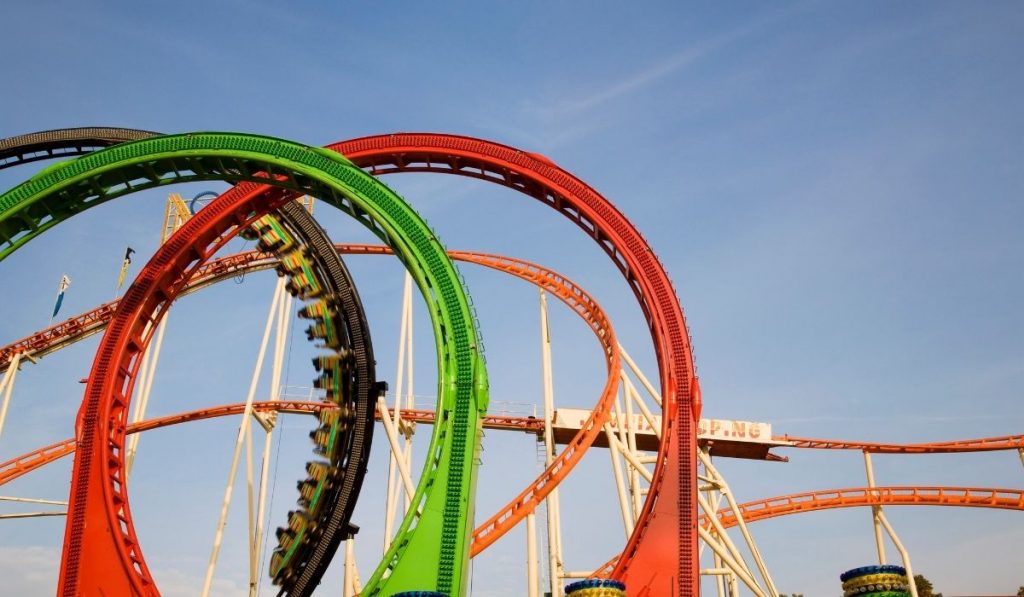
It’s Not Just Roller Coasters
Roller coasters aren’t the only rides that restrict sizes. It’s just that roller coasters are some of the most dangerous rides at an amusement park, so the employees there take things more seriously.
Don’t be surprised if you’re two inches taller than the limit or 40 pounds heavier than the sign and someone still lets you on a ride with your kid or sit in a 4D movie theater. Those aren’t as dangerous, so the people aren’t looking as closely.
Remember, these people are probably ushering in thousands of people a day onto their rides. They aren’t making a ton of money to do it, so you can’t expect them to get it right all the time. The employees working at the roller coasters are likely trained to look for larger or taller people and make it more of an issue because safety is more at stake.
Find the rides that you can enjoy and don’t get hung up on the ones you can’t. Check for the signs to avoid any tension or stress about being told you can’t get on a roller coaster. And even if you can’t get on every coaster, there should still be plenty to do.
